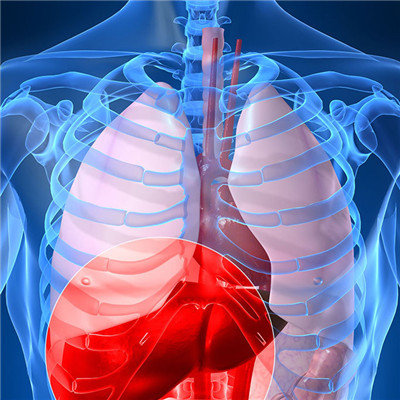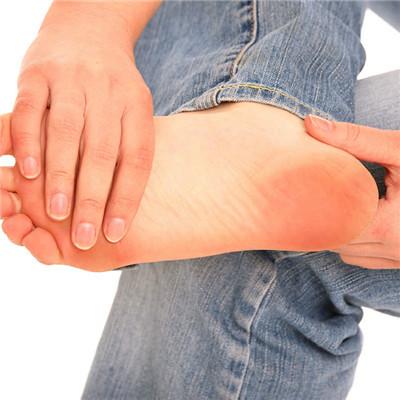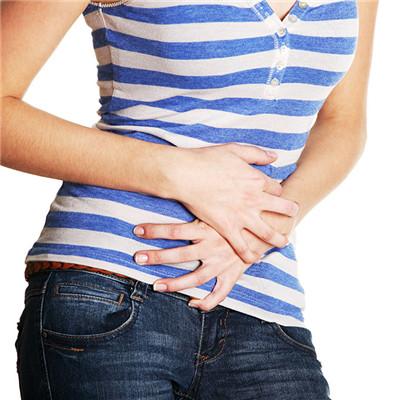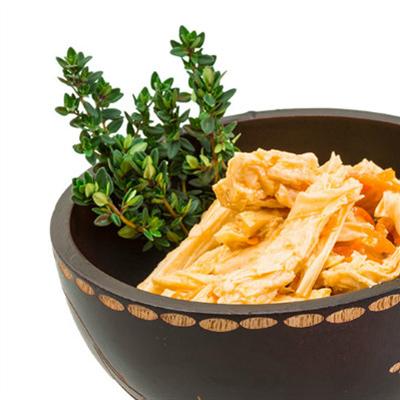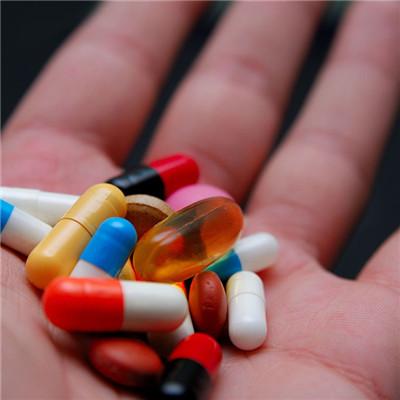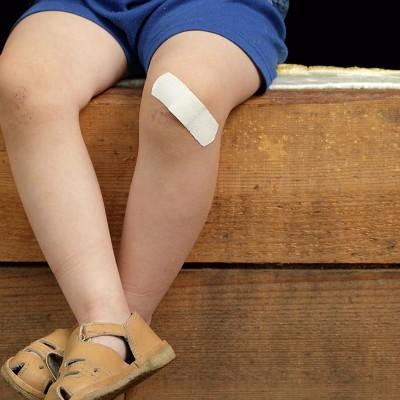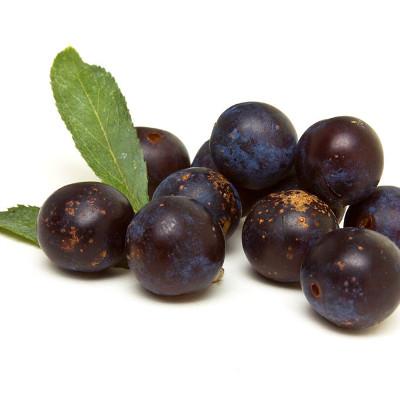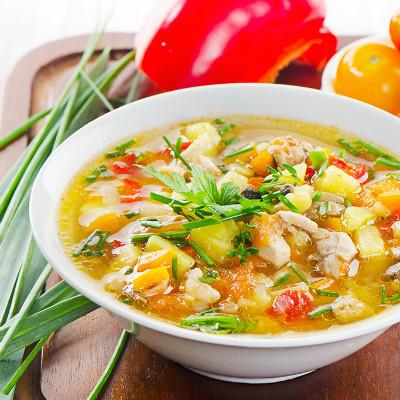How does uremia phosphorus high do? Low potassium diet
summary
Uremic patients with renal excretion, secretion dysfunction, often have calcium and phosphorus metabolism disorders, hyperkalemia, hypertension and other complications, so generally need to adhere to low phosphorus, low potassium, low sodium diet. Uremia Phosphorus High how to do with you talk about.
How does uremia phosphorus high do? Low potassium diet
First, the so-called low phosphorus or low potassium diet is not to eat only those with low phosphorus or potassium content, but the total content of phosphorus or potassium in daily food is lower than that of normal people. That is to say, the daily intake of phosphorus is between 600 and 1000 mg (about two-thirds of that of normal people), and the daily intake of potassium is between 2000 and 3000 mg (about half of that of normal people). Therefore, no matter whether the food is high or low in phosphorus and potassium, you can eat more of the low food and less of the high food. If you like to eat high phosphorus food, you can also cooperate with phosphorus accumulating agent to reduce absorption.

Second, most vegetables or fruits are rich in potassium. Besides phosphorus, high protein foods (such as meat and beans) are also rich in potassium. In order to get enough protein nutrition. If you need about 60 grams of protein and 1.5 grams (= 1500 mg) of potassium per day, it is quite close to the recommended daily intake. Therefore, the intake of vegetables and fruits must be controlled to avoid excessive potassium. If the patient's current eating habits, blood phosphorus or potassium are normal, you do not need to change your current habits.

Third: low phosphorus diet precautions: Patients with blood phosphorus value is best controlled between 1.0-1.6mmol/l, pay attention to avoid high phosphorus food: 1) milk powder: milk, yogurt, cheese. 2) Whole grains (brown rice, job's tears, germ rice, cereal, oats, whole wheat bread) and viscera (chicken liver, pig liver, chicken intestine, pig intestine) egg yolk, etc. 3) Dried fruit beans (peanuts, walnuts, cashew nuts, pine nuts, melon seeds )。 4) Cartilages: shrimps, small shrimps, kiss larvae, shrimp skin. 5) Beverages: soda, cola. 6) The meat is first fried with water, then the soup is removed, and then fried with oil. Some phosphorus can be removed by frying.

matters needing attention
Too low potassium ion (< 3.0 mmol / L) will lead to general weakness, too high potassium ion (> 6.0 mmol / L) will cause cardiac paralysis and sudden death, which is best maintained between 3.5-5.5 mmol / L. Therefore, we need to pay attention to avoid high potassium intake of food.
